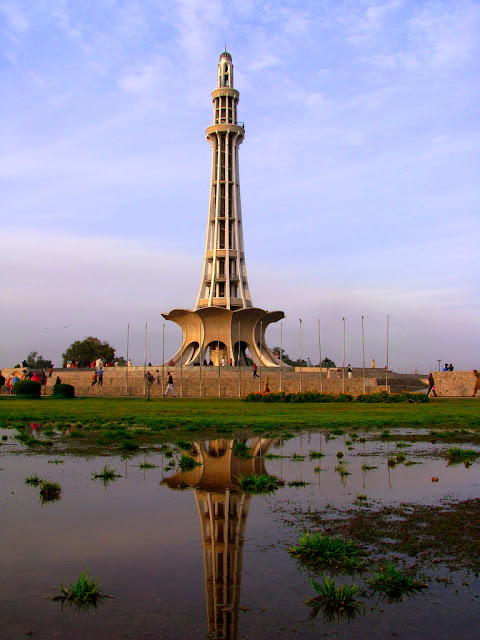 |
| Minar-E-Pakistan |
The history of Minar-e-Pakistan dates back to the 1940s, during the British Raj in India. The Muslim League, a political party that advocated for the rights of Muslims in British India, held a meeting in Lahore on March 23, 1940, where they passed a resolution calling for the creation of an independent Muslim state. This event, known as the Lahore Resolution, is considered a pivotal moment in the history of Pakistan and is seen as the first formal demand for a separate Muslim homeland.
In 1960, the Government of Pakistan decided to construct a monument to commemorate the Lahore Resolution, and selected the site where the resolution was passed. The project was led by Pakistani architect Nasreddin Murat-Khan, who designed the tower in the shape of a flower petal, with five platforms symbolizing the five basic principles of the Lahore Resolution.
Construction of the tower began in 1960 and was completed in 1968. The Minar stands at 60 meters tall and is constructed of reinforced concrete. The tower is lit up at night, making it a prominent landmark in Lahore.
The Minar-e-Pakistan is a popular tourist attraction, and is also used as a venue for national ceremonies and events. It serves as a symbol of the sacrifices made by the Muslim leaders and the people of British India, who fought for the creation of Pakistan.





1 Comments
great
ReplyDelete